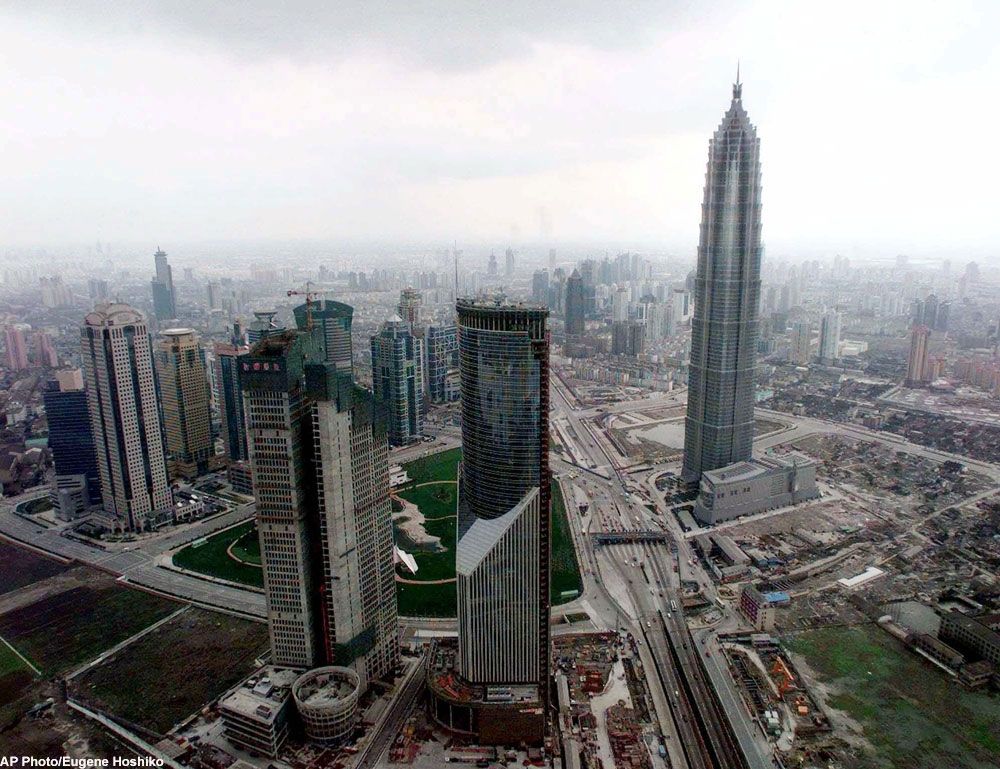Shanghai Faces Big Flood Risk

Among nine major cities built on river deltas around the world, Shanghai is the most vulnerable to destruction from serious flooding, a new study found.
"A 1-in-100 year flood in Shanghai would lead to widespread damage, with serious consequences for the city, across China and, through wider economic links, for the whole world," lead researcher Nigel Wright said in a statement from the University of Leeds.
Wright and his team created an index to measure flood vulnerability, using 19 components that go beyond mere weather and environmental conditions. The risk factors include the level of economic activity in a city, its speed of recovery, the number of flood shelters and the population's awareness of flood risk, according to the statement.
"Vulnerability is a complex issue," Wright said. "It is not just about your exposure to flooding, but the effect it actually has on communities and business and how much a major flood disrupts economic activity."
Not only is Shanghai is exposed to powerful storm surges and rising sea levels, but the populous city is also ill-prepared for a flooding disaster, with insufficient shelters for victims and a low resilience rating, the researchers said.
Dhaka in Bangladesh also was rated highly vulnerable because it is frequently hit by tropical cyclones and floods, yet it has few defenses in place, according to the study. With large populations and exposure to storms, Manila in the Philippines and Calcutta in India made the top half of the list, too.
Meanwhile, Marseille in France and Rotterdam in the Netherlands were ranked the least vulnerable on the index because of efficient flood management infrastructure and strict building regulations.
Sign up for the Live Science daily newsletter now
Get the world’s most fascinating discoveries delivered straight to your inbox.
"When a big flood hits you will still get flooding, but these European cities will bounce back quickly," Wright explained in the statement from Leeds. The research appears in the journal Natural Hazards.
Follow LiveScience on Twitter @livescience. We're also on Facebook & Google+.











